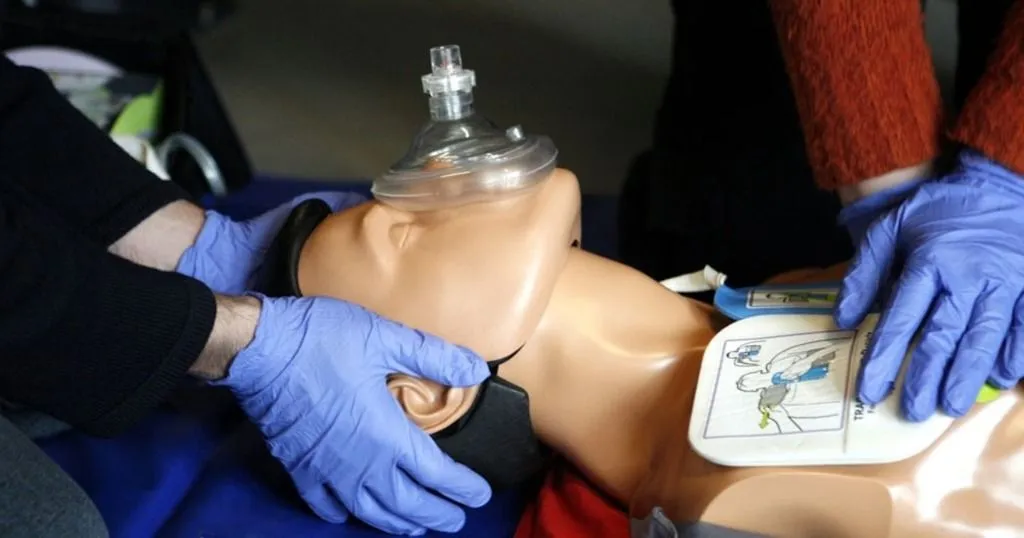Mealtime challenges in dementia: insight in difficulties
Mealtimes can be a daily struggle for people with dementia, but understanding their challenges - and the power of nonverbal communication - can make all the difference.
Posted by
Published on
Thu 30 Jan. 2025
Topics
| Coding Schemes | Dementia | On-site Research | The Observer XT | Video Observation | Coding Behavior | Behavioral Research |

Good nutrition plays a vital role at every stage of life, supporting growth, development, and overall well-being. For young children, it lays the foundation for healthy eating habits; for teenagers, it fuels their evolving needs and active lifestyles; and for adults, it helps maintain health, prevent illness, and promote long-term vitality.
In this blog I am focusing on nursing home residents with dementia. These residents have to deal with decline and/or loss of cognitive functions, which eventually can cause problems related to eating behavior such as locating food, chewing, and swallowing.
Reducing mealtime difficulties
Behavioral symptoms during mealtime are also not uncommon, for example, refusing food or care and responding aggressively towards caregivers or other residents. Because of these so called ‘mealtime difficulties’, there is a higher risk of inadequate nutritional intake in this population, resulting in weight loss and dehydration.
In nursing homes, direct care staff play a key role in mealtime care, providing support and creating opportunities to actively engage residents in eating. Reducing mealtime difficulties may result in better eating, which in turn could lead to better nutrition.
Person-centeredness in dementia care
People with dementia often experience life from moment-to-moment, which leads researchers to argue that persons with dementia benefit from a person-centered approach. Being compassionate, thinking about things from the person’s point of view, and being respectful are all important.
Caregivers and residents should work as partners. It’s about respect for individuality and supporting individuals, not just acting on their behalf. A person-centered approach in dementia care focuses on strenghts and fosters well-being, dignity, trust, and meaningful connection.

Using video observations for detailed behavioral research
A good research method for this target group is video observations. They allow the researcher to note behavior in detail, and review the videos as needed, including multiple angles. With video, no behaviors get by the researcher, as both video and audio signals can be visualized together and can be played over and over again.
The patients being observed are not intruded on, or influenced by, the researcher, and the interaction between the resident and caregiver can be examined in detail. Researchers of course must be sure to receive informed consent for participation from an authorized representative, if the patient cannot provide that for themselves.
Dyadic mealtime behaviors
Researcher Andrea Gilmore-Bykovskyi observed the interaction between residents of nursing homes and their caregivers during breakfast or lunchtime (with an average of two video observations per resident). They developed a computer-assisted coding scheme to measure the caregiver’s person-centered actions versus task-centered actions, as well as resident behavioral symptoms.
This type of coding scheme allowed the researchers to capture all interactions between two or more persons.
FREE WHITE PAPER: How to set up a coding scheme
Download here the FREE white paper 'How to set up behavioral coding' and get 7 tips about:
- Defining your behavior group
- Point events
- Coding from a diversity of sources
Prior to the coding of the observations, all video and audio data were cleaned. Researchers determined the feasibility, ease of use, and the inter-observer reliability of this coding scheme. All data was then coded by four trained observers using The Observer XT.
Transform raw video data into structured, analyzable information
Another study performed by Liu et al. explains that using coding schemes are essential for systematically analyzing video observations. The research team analyzed the nonverbal interactions between nursing home staff and residents with dementia during mealtimes, exploring how individual characteristics influenced these behaviors.
Researchers coded 110 videotaped observations, involving 25 residents and 29 staff members (forming 42 unique staff-resident pairs) across nine nursing homes. The refined Cue Utilization and Engagement in Dementia Mealtime Video-Coding Scheme was used to systematically assess these interactions.
Antecedents for behavioral symptoms
In the study of Gilmore-Bykovskyi, data indicated that 95% of the caregiver actions were person-centered. The most common were orientation, showing interest, giving choices and back channeling, adjusting to resident’s pace, and assessing comfort.
In addition to providing further evidence that person-centered actions are preferred, this study provides a useful coding scheme to assess the relationship between caregiver-centeredness and behavioral symptoms during mealtime interactions.
FREE TRIAL: Try The Observer XT yourself!
Request a free trial and see for yourself how easy behavioral research can be!
- Work faster
- Reduce costs
- Get better data
Enhancing mealtime engagement through nonverbal cues
The study of Liu's research team found that nonverbal behaviors played a significant role in mealtime interactions between nursing home staff and residents with dementia. Certain resident characteristics, such as cognitive and physical abilities, influenced their engagement and responsiveness to staff cues. Similarly, staff members’ nonverbal communication, including gestures, facial expressions, and touch, impacted residents' participation in the mealtime process.
The findings emphasize the importance of nonverbal communication in promoting positive dining experiences and improving care strategies for individuals with dementia.
References
- Gilmore-Bykovski, A.L. (2015). Caregiver person-centeredness and behavioral symptoms during mealtime interactions: Development and feasibility of a coding scheme. Geriatric Nursing, (36). https://doi.org/10.1016/j.gerinurse.2015.02.018
- Gilmore-Bykovski, A.L., Roberts, T.J., Bowers, B.J. & Brown, R.L. (2015). Caregiver Person-Centeredness and Behavioral Symptoms in Nursing Home Residents With Dementia: A Timed-Event Sequential Analysis. Gerontologist, (55). https://doi.org/10.1093/geront/gnu164
- Liu, W.; Perkhounkova, Y.; Williams, K.; Batchelor, M. & Hein, M. (2022). Mealtime nonverbal behaviors in nursing home staff and residents with dementia: Behavioral analyses of videotaped observations. Geriatric Nursing, (44), 112-124. https://doi.org/10.1016/j.gerinurse.2022.01.009
Related Posts

Evaluating ergonomics in healthcare – paramedics

Robots in the operating room
